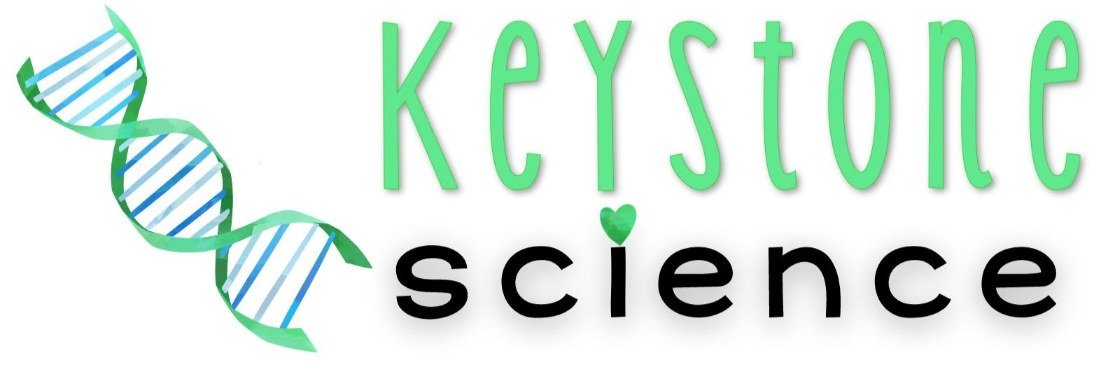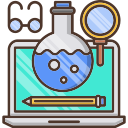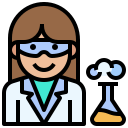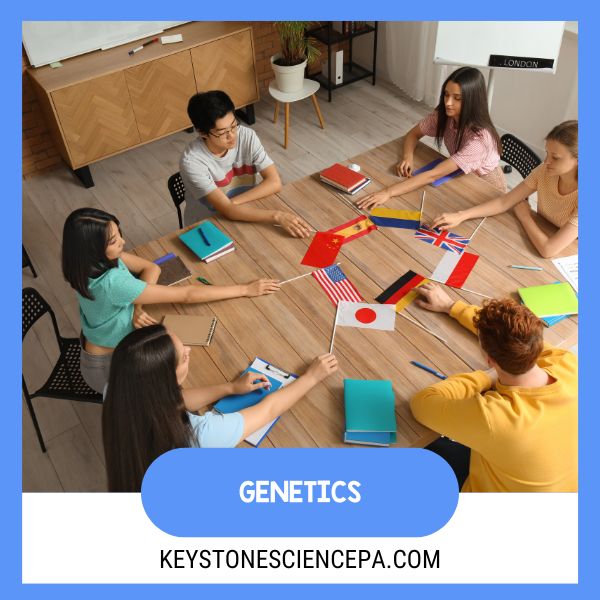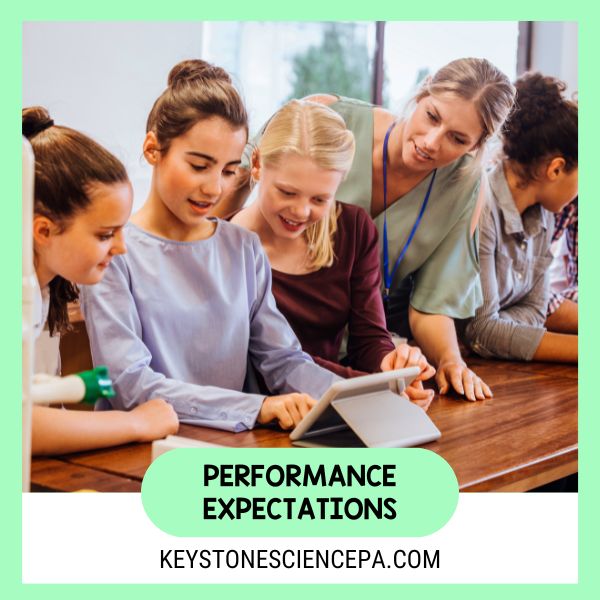Welcome back! If you’ve been following the last few posts, this one is going to be a little different. We have really been focusing on how to create effective lessons that align with NGSS and strategies to put your students in the driver’s seat of their learning including ELL students.

But what happens when you have students who are fully capable, intelligent, work hard, but struggle with understanding the concepts you’re teaching?
One of the best parts of being a teacher is that we get to work with students of so many different backgrounds and many times, languages! However, this gets to be tricky when teaching a lesson on, let’s say, DNA replication or protein synthesis and the content itself can be difficult for some to grasp. On top of that, you add a language barrier and the frustration can build not just for you, but your student especially.
Fortunately, organizations such as Edutopia, have done extensive research into the most effective strategies to help support our ELL students. Maybe the strategies are ones that you are practicing right now?!

For this specific topic, there are two that are necessary to highlight, because just like we teach our students that science builds on specific concepts, so do these strategies.
Creating a supportive classroom
1️⃣Foster Relationships
The first is to create a welcoming environment and foster a relationship with the student so that they, at minimum, feel comfortable enough to maybe gesture or tap you on the shoulder if they have a question.
We have no way of knowing their experience of having to adapt to a new culture. Offering a safe space can allow the students to want to engage.
2️⃣Visual & Language Support
Another strategy for teaching English Language Learners is to teach language skills for your discipline.
What does this mean? I know we’re not English teachers, but there is no denying that Science absolutely has a language of its own. In short, if you teach science, then teach the language of your discipline in science.
For example, we can’t expect that our English Language Learners fully understand the steps of DNA Replication if you haven’t taken the time to define common scientific terms like: observation, data, conclusion, theory, etc.
An absolute favorite way I’ve found to tie in language for students, regardless of language, is to incorporate a science word wall.
A science word wall is an amazing source of visual support and repetition by either placing the terms in the front of the room and by referencing the wall throughout your lessons.
By making space in your classroom for a word wall, it eventually becomes a source of reference that is super easy for students to go to if they need a quick reminder of what a term means or what it relates to.
Genetics is definitely a unit where a science word wall is key to grasping the content and understanding the more complex activities.
Whether you have one or a group of ELL students, visual support like the Mendelian Genetics, and Non-Mendelian Genetics Word Wall is a MUST in your classroom!
Understanding the Challenges Faced by ELL Students in Science Education
If your students are like mine, you’ve probably been asked the question “Why does Biology have so many complex words?!” Of course, we do our best to break down new vocabulary terms, but understandably they are frustrated because science literally has a language of its own.
When you have a class filled with students where English is their first language, you probably make references to help make new concepts easier to remember.
For example, when introducing the enzyme helicase during Protein Synthesis, the easiest way to help students remember its function is when we say “helicase like a helicopter” while making the winding up motion with our finger.

This little phrase is great for those who understand what a helicopter is, but our ELL students cannot make a connection to this, which is why visual support is so important!
So unless you are able to speak in their native language, making a reference “helicase is like a helicopter”, as you could probably guess, is not going to get you very far.
By providing visual cues AKA a science word wall, you are creating a place of reference where ELL students can acquire the comprehension needed to not just communicate in a science class, but succeed and be able to understand what is happening around them.
Through personal experience, it never fails that each year when starting the Genetics unit that a full day is spent on Mendelian vocabulary in order for the students to truly grasp the terms to be successful in describing inheritance patterns.
Imagine sitting in a classroom with a teacher who you cannot understand, who you have no connection with and in an environment that you are slowly adjusting to and you are being asked to define and identify chromosomes, chromatin and chromatid…
After years of working with ELL students, for many, the instinct is to sit quietly, not ask or gesture for help and just wait for the class bell to ring. Trying to communicate to ask for help might not be as simple as it sounds.
The Role of Visual and Interactive Resources in Language Acquisition
With language being the barrier for ELL students to understand the content you are teaching, offering a visual aid or a word wall to represent the term is something that can help bridge that gap.
Not only that, but it is also a tool that can remove the fear or embarrassment of not knowing what is being said.
I love science just as much as the next science teacher, but it’s no secret that our subject is filled with long, odd-sounding terms. These can be complicated enough that even students where English is their first language can find them difficult to remember!
That being said, my favorite use of a word wall is that it can be used seamlessly during class without having to isolate specific students.
If you’ve been wanting to create space for a biology word wall in your classroom, you’ll notice that if you start to reference it enough, students will naturally use it on their own! This might look like:
🚶Students physically walking up to the wall during class
👀Looking towards or reading it from their seat during independent work
👆Small group referring to it during an activity.
Exploring the Genetics and Mendelian Vocabulary ESL/ELL Resource Pack
Genetics is a unit that students love because of the engaging real-world applications and discussions that can come from it, but it can be the most frustrating unit because of the vocabulary.
After years of recognizing this pattern and not finding a comprehensive Genetics curriculum aligned with NGSS that also offered ELL support, I thought it was important to create a Genetics and Mendelian Vocabulary ESL / ELL Resource Pack to meet those needs!

If you’re a teacher who is working with ELL students that you see struggling or you just want to have lessons to help strengthen vocabulary comprehension, this Resource Pack is going to be a👏 game 👏changer 👏
Depending on how you introduce a unit like Genetics, you might find it best for your students to start by introducing vocabulary while other teachers might use the Flipped Classroom method. If you’re curious what a flipped classroom looks like, there’s more about this method, how to use it and why it’s effective here: SEP-arating The Genius: Science & Engineering Practices in the Classroom

The Genetics & Mendelian Resource Pack comes with:
✨ Punnett Squares PowerPoint, Guided Notes with KEY
✨ Protein Synthesis PowerPoint, Guided Notes with KEY
✨ Simple Punnett Square Practice Problems
✨ Genetic Code Tables
✨ Advanced Pea Plant Punnett Squares Dihybrid Problems
✨ Crash Course Heredity Guided Notes, Key, and HW Check
✨ Crash Course Protein Synthesis Guided Notes
✨ Biology Keystone Vocabulary by Unit (bonus freebie!)
All of these are able to support ELL students by using step-by-step breakdowns, examples of genetic terms using real-world and illustrations, and a Biology Vocabulary List organized by unit.
The Genetics & Mendelian Resource Pack and Biology Word Walls have been helpful for so many teachers!
“I love this resource. Having a word wall with the pictures has helped my students retain vocab. I am hoping this helps with the upcoming state test.”
“Word walls are so good for exposure. These are the perfect thing for ELL and students with disabilities to have exposure to the vocabulary with picture help. Love these!”
Implementing the Resource Pack in the Classroom
Hopefully you’re starting to consider getting on the Word Wall train 🚂because I’m telling you, it will become such a staple in your classroom and most importantly a point of reference for your ELL students.
Here are some quick tips on how you can incorporate word walls in your classroom:
➡️Set up the word wall in an open and clear view for students
➡️Refer to the word wall consistently while teaching your lesson
➡️Have students use the word wall for warm-ups or a quick ticket out the door activity
➡️Incorporate the word wall with a station rotation or review activity before an assessment
By tying this in as a review with the entire class or in a group setting, it will take the spotlight off of those who are struggling to keep up with the growing vocabulary, primarily your ELL students.
Science is well known for being challenging in its complex steps and systems, so to be able to make space for visual cues is more helpful than you might realize for everyone.
I remember that my favorite teachers, especially science teachers, were the ones who made the class feel welcoming. Even if the content was difficult to grasp, it was the way they created engagement without feeling left behind made the world of difference.
If something like a simple visual cue can make learning a bit easier, why not offer that little bit of support. A small bit of effort on your end might be all that is needed for more “ah-ha” moments in your students.
💡For more information on Edutopia and supporting ELL learners in your classroom, visit https://www.edutopia.org/
💡As a quick refresher on 3D learning and steps on how to apply NGSS, visit Keystone Science Blog at https://keystonesciencepa.com/blogs/teachertips
💡Feel free to explore Keystone Science for ready-to-use NGSS aligned notes and activities,
I would love to hear your feedback, questions and success stories of how you are using biology word walls in your classroom!
